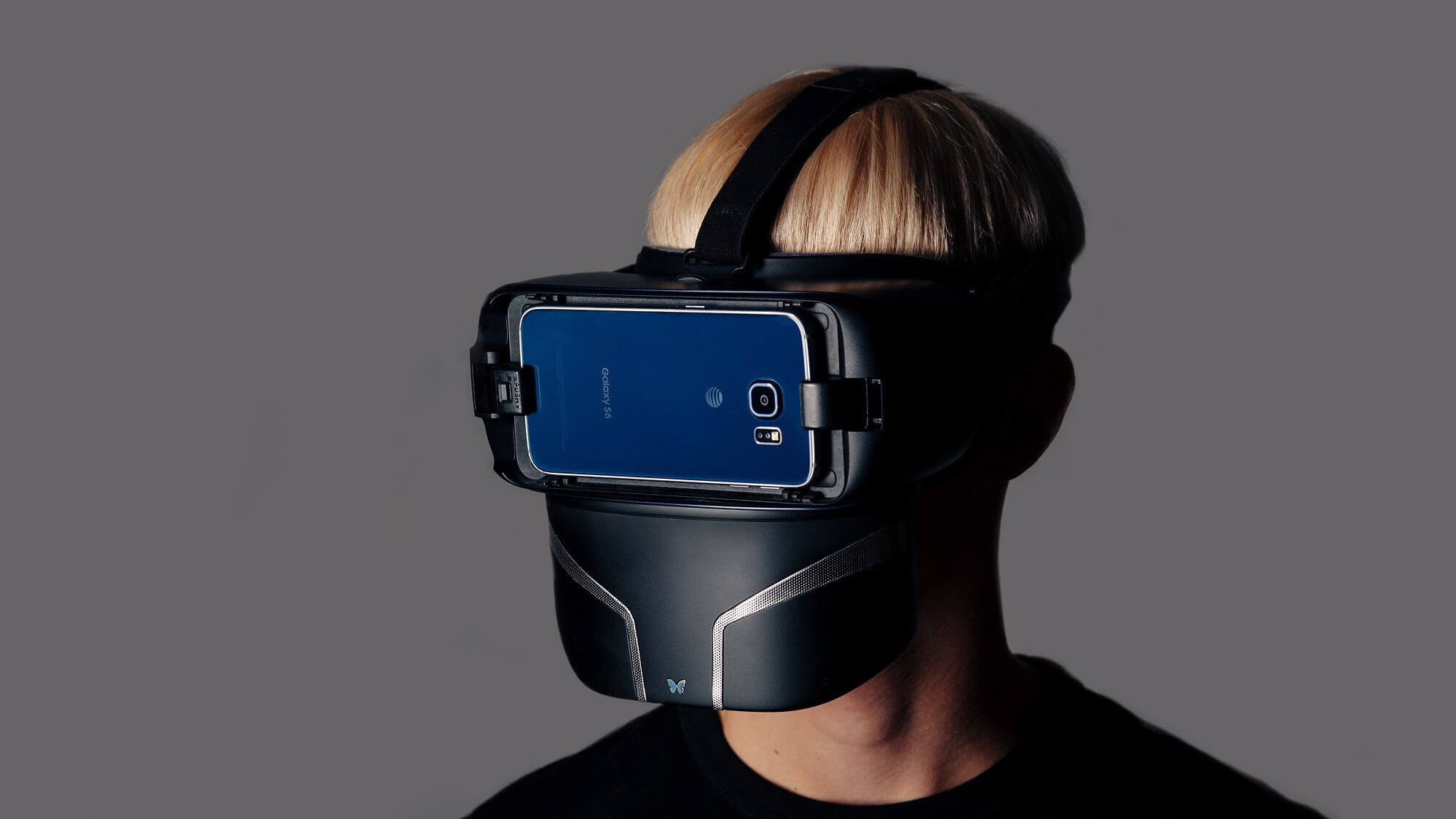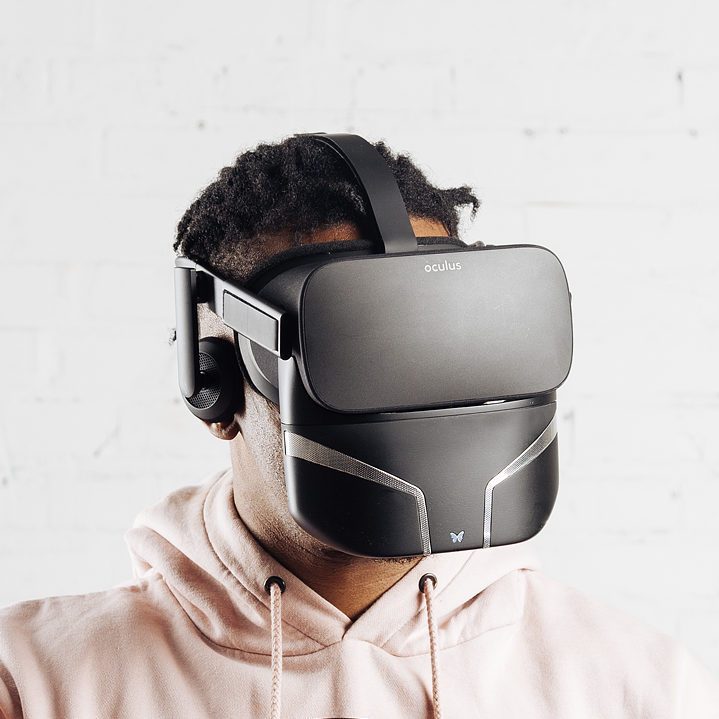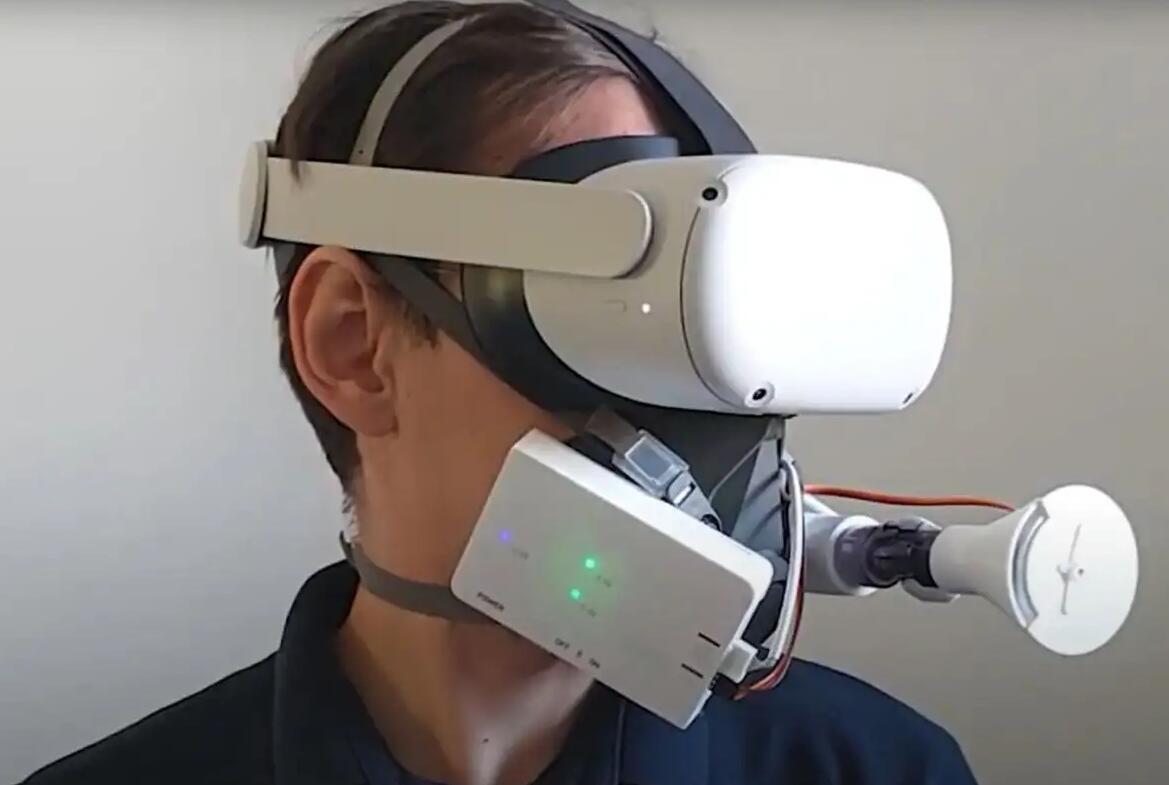Virtual reality (VR) technology has been evolving rapidly over the past few years, with new advancements and innovations constantly pushing the boundaries of what is possible in the digital realm. One of the latest developments in the world of VR is the introduction of "mask virtual reality," a cutting-edge technology that promises to revolutionize the way we experience virtual worlds.
So, what exactly is mask virtual reality? Unlike traditional VR headsets that are bulky and enclose the user's entire field of vision, mask virtual reality devices are sleek, lightweight, and designed to be worn directly on the face like a mask. These devices typically cover only the eyes and nose, allowing for a more immersive and comfortable VR experience.
One of the key advantages of mask virtual reality is its portability and ease of use. Users can simply slip on the mask and instantly be transported into a virtual world without the need for cumbersome headsets or controllers. This makes mask virtual reality perfect for on-the-go gaming, virtual meetings, and immersive entertainment experiences.
Another benefit of mask virtual reality is its potential for social interaction. With traditional VR headsets, users are often isolated from the real world and other people around them. However, mask virtual reality devices allow users to maintain eye contact and communicate more easily with others, making it ideal for multiplayer gaming and virtual collaboration.
Mask virtual reality is also being hailed for its potential applications in healthcare, education, and training. Doctors can use mask VR to practice complex surgical procedures, students can take virtual field trips to far-off locations, and employees can undergo virtual training simulations in a realistic and immersive environment.
As the demand for more immersive and user-friendly VR experiences continues to grow, the market for mask virtual reality devices is projected to expand significantly in the coming years. According to research firm Statista, the global market for VR and augmented reality (AR) products is expected to reach $72.8 billion by 2024, with mask virtual reality playing a key role in driving this growth.
Major tech companies such as Facebook, Sony, and HTC have already begun investing heavily in mask virtual reality technology, with plans to release a new generation of devices that offer improved performance, enhanced graphics, and seamless integration with other digital platforms.
With the potential to transform how we work, play, and interact with the world around us, mask virtual reality is poised to become the next big thing in the world of technology. Whether you're a gamer looking for a more immersive experience, a professional seeking innovative training solutions, or a student eager to explore new worlds, mask virtual reality has something to offer everyone.
So, keep an eye out for the latest developments in mask virtual reality technology, and get ready to experience the future in a whole new way.
Keywords: mask virtual reality, mask VR, virtual reality technology, VR devices, immersive experiences, social interaction in VR, VR applications in healthcare, VR market growth, tech companies in VR, future of technology
Do You Tip The Exterminator?
Gift Ideas For A Libra Man
Joliet IL Murders: A Look Into The Recent Tragedies


